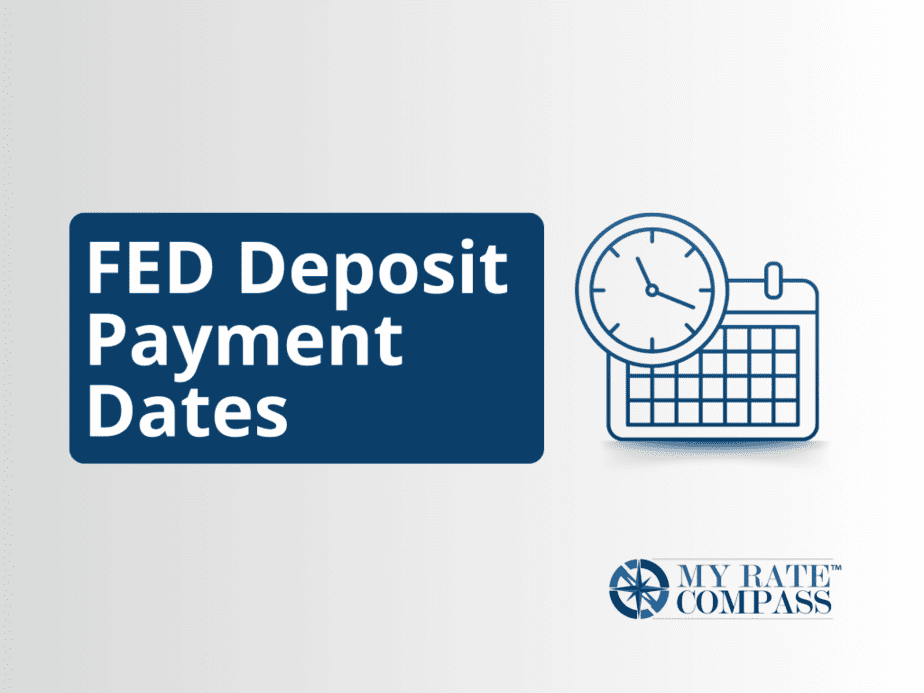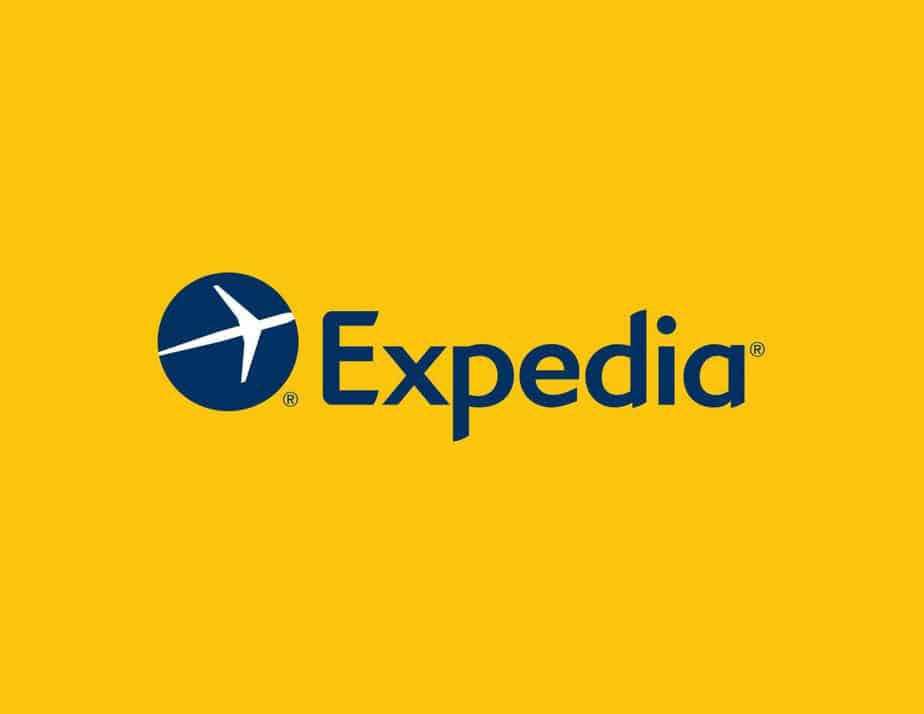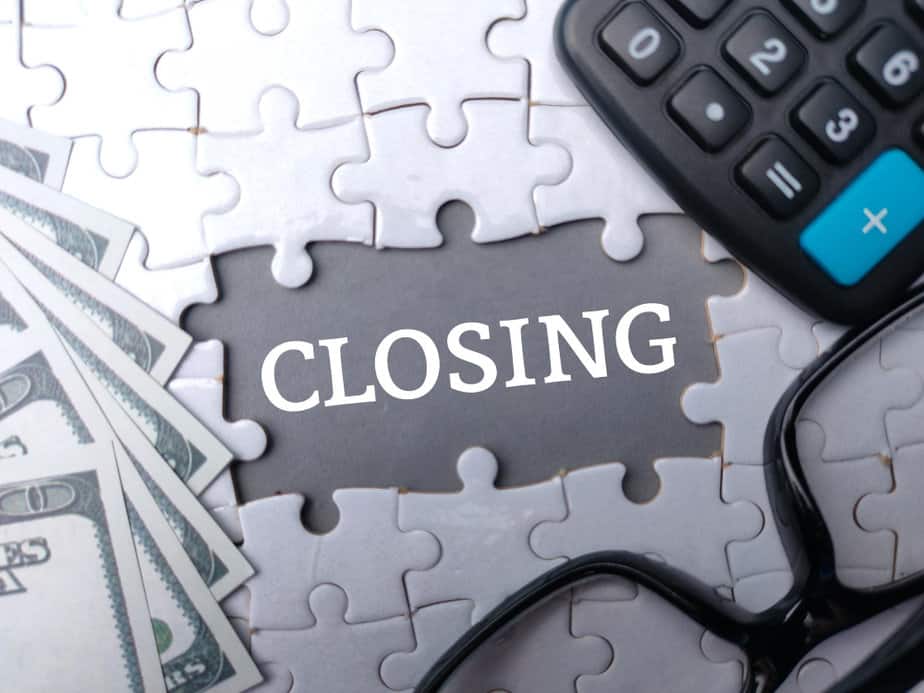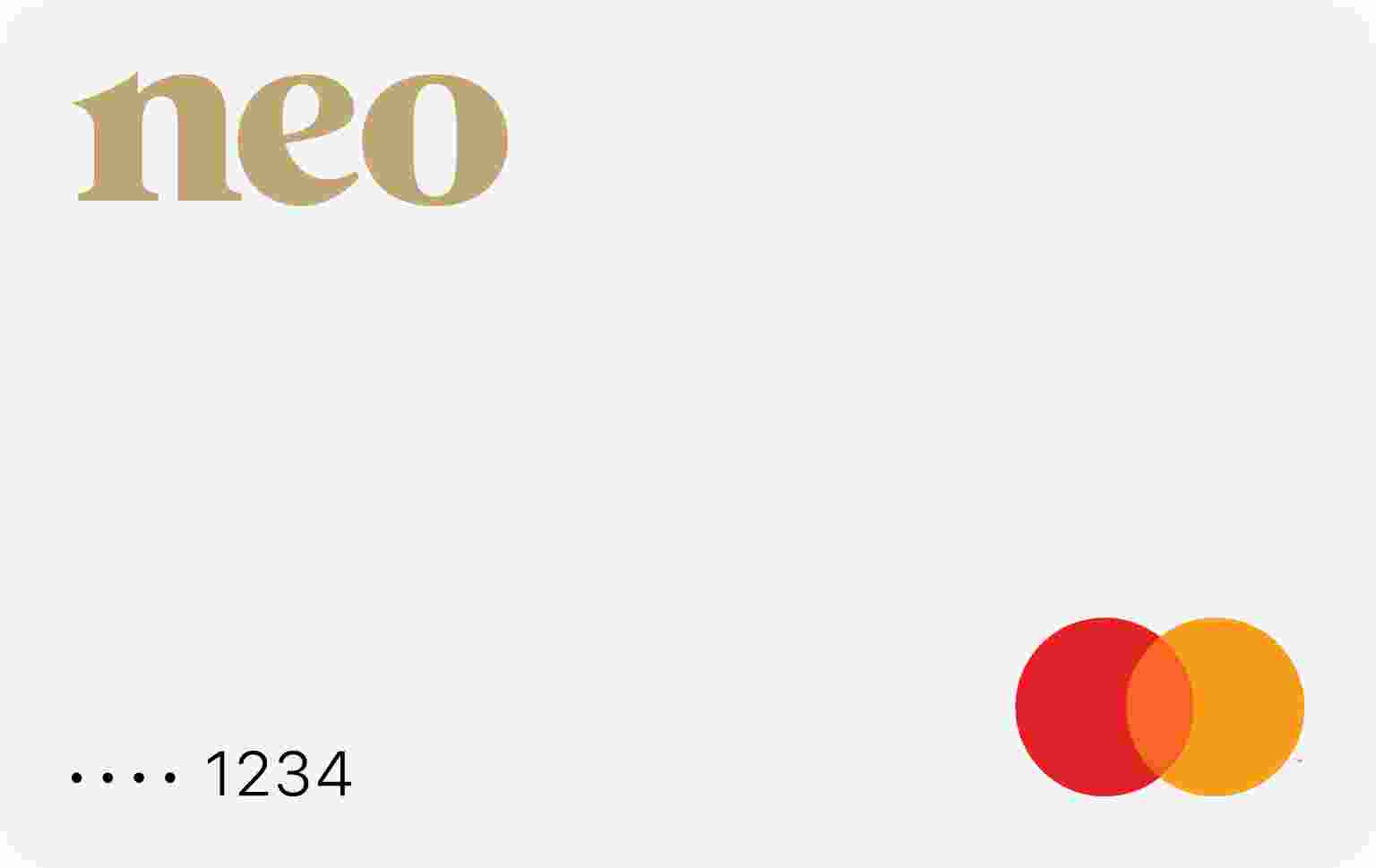Are you wondering what the “Canada Fed” deposit on your bank statement means? If you’ve recently received a payment tagged as “Canada Fed,” there’s no need to worry. It is likely a direct deposit payment made by the Canada Revenue Agency (CRA) on behalf of the Government of Canada. In this comprehensive guide, we will cover everything you need to know about Canada Fed deposits, including the benefits they include, eligibility requirements, payment dates, and more.
What Are Canada Fed Deposits?
A Canada Fed deposit refers to a direct deposit payment made by the Canada Revenue Agency (CRA) on behalf of the Government of Canada. These deposits are designed to deliver financial government benefits to eligible individuals and families. When you see a deposit labeled as “Canada Fed” on your bank statement, it means that you qualify for one or a combination of the following benefits: Canada Child Benefit (CCB), Child Disability Benefit (CDB), Goods and Services Tax (GST/HST) Credit, Canada Workers Benefit (CWB), and Climate Action Incentive Payment (CAIP).
Benefits Included in Canada Fed Deposits
Canada Child Benefit (CCB)
The Canada Child Benefit is a tax-free monthly payment provided to eligible families to assist with the costs of raising children. This benefit aims to improve access to essential supplies and services necessary for the well-being of children. When you receive a Canada Fed deposit, it may be labeled as either Canada CCB or Canada Fed. These labels refer to the same payment, which goes towards supporting individuals raising children under the age of 18.
Canada Child Benefit (CCB) Eligibility Requirements
To be eligible for the Canada Child Benefit, your household must meet the following criteria:
- You must have tax-paying Canadian status.
- You must reside with a child younger than 18.
- You must be the primary caregiver of the child.
- Either you or your partner must be a Canadian citizen or a permanent resident.
It’s important to note that when you file your income taxes for the year, you are automatically enrolled in the Canada Child Benefit program. The government has centralized payments via direct deposit, allowing you to track these payments through your Canada Revenue Agency (CRA) portal.
Child Disability Benefit (CDB)
The Child Disability Benefit is a non-taxable credit paid out monthly to families or individuals with children under 18 who have severe and prolonged physical or mental impairments. To be eligible for this benefit, you must qualify for both the Canada Child Benefit (CCB) and the Disability Tax Credit (DTC).
Child Disability Benefit (CDB) Eligibility Requirements
To qualify for the Child Disability Benefit, you must meet the following criteria:
- Be eligible for the Canada Child Benefit (CCB).
- Have a child who is eligible for the Disability Tax Credit (DTC).
The Child Disability Benefit provides additional financial support to families who have children with disabilities, helping them meet the unique needs and challenges they face.
Goods and Services Tax (GST/HST) Credit
The Goods and Services Tax (GST)/Harmonized Sales Tax (HST) Credit is a non-taxable credit paid out quarterly to individuals and families with low to modest incomes. This credit aims to offset the sales tax individuals and families pay on regular goods and services.
GST/HST Tax Credit Eligibility Requirements
To be eligible for the GST/HST Tax Credit, you must:
- Be a resident of Canada for income tax purposes.
- Be 19 years of age or older to receive the payment.
If you are under 19 years of age, you may still be eligible if you meet one of the following criteria:
- You are in a common-law relationship or have a spouse.
- You are a parent and live with your child.
Canada Workers Benefit (CWB)
The Canada Workers Benefit (CWB) is a taxable credit available to Canadian residents with medium-low incomes. This benefit is designed to help individuals and families earning low income cope with the increasing cost of living.
Canada Workers Benefit (CWB) Eligibility Requirements
To be eligible for the Canada Workers Benefit, you must meet the following criteria:
- Earn a working income below the net income threshold set by your province or territory.
- Be the age of majority (19) or live with your child or spouse/common-law partner.
- Live in Canada for the entire tax year.
The Canada Workers Benefit is a refundable tax credit, meaning that if the amount you qualify for exceeds your income tax payable, you may receive the excess as a refund.
Climate Action Incentive Payment (CAIP)
The Climate Action Incentive Payment (CAIP) is a tax-free benefit provided to residents of certain provinces to help offset the cost of federal pollution pricing. The CAIP is available to individuals and families in Alberta, Saskatchewan, Manitoba, Ontario, Newfoundland and Labrador, Nova Scotia, and Prince Edward Island.
Climate Action Incentive (CAI) Eligibility Requirements
To be eligible for the Climate Action Incentive Payment, you must:
- Be a resident of one of the listed provinces for income tax purposes.
- Be the age of majority (19) or have a spouse/common-law partner or live with your child.
The amount of the Climate Action Incentive Payment varies based on the province of residence and family composition.
Canada Fed Payment Dates in 2024
The payment dates for Canada Fed deposits in 2024 vary depending on the specific benefit or combination of benefits you are eligible for. Here are the payment dates for each benefit:
Canada Child Benefits (CCB)
- January 19, 2024
- February 20, 2024
- March 20, 2024
- April 19, 2024
- May 17, 2024
- June 20, 2024
- July 19, 2024
- August 20, 2024
- September 20, 2024
- October 18, 2024
- November 20, 2024
- December 13, 2024
GST/HST Tax Credit Payments
- January 5, 2024
- April 5, 2024
- July 5, 2024
- October 4, 2024
Canada Workers Benefit (CWB)
- January 12, 2024
- July 12, 2024
- October 11, 2024
Climate Action Incentive (CAI) Payment Dates
- January 15, 2024
- April 15, 2024
- July 15, 2024
- October 15, 2024
Please note that these dates are subject to change, and it’s always a good idea to check the official government sources for the most up-to-date information.
Eligibility Requirements for Canada Fed Payments
To receive Canada Fed deposits, you must meet the eligibility requirements for each specific benefit. Here’s a summary of the eligibility requirements for each benefit:
Canada Child Benefit (CCB)
- Taxpaying Canadian status
- Reside with a child younger than 18
- Be the primary caregiver of the child
- Either you or your partner must be a Canadian citizen or a permanent resident
Child Disability Benefit (CDB)
- Qualify for the Canada Child Benefit (CCB)
- Have a child who is eligible for the Disability Tax Credit (DTC)
GST/HST Tax Credit
- Be a resident of Canada for income tax purposes
- Be 19 years of age or older
- Have (or have had) a spouse or common-law partner
- Be a parent (or were) and live (or lived) with your child
Canada Workers Benefit (CWB)
- Earn a working income below the net income threshold set by your province or territory
- Be the age of majority (19) or live with your child or spouse/common-law partner
- Live in Canada for the whole tax year
Climate Action Incentive (CAI)
- Be a resident of one of the eligible provinces for income tax purposes
- Be the age of majority (19)
- Have a spouse/common-law partner or live with your child
It’s important to note that eligibility requirements may change over time, and it’s always best to consult official government sources for the most accurate and up-to-date information.
Understanding Canada Child Benefit (CCB)
The Canada Child Benefit (CCB) is a tax-free monthly payment provided to eligible families to help with the costs of raising children. This benefit aims to improve access to necessary supplies and services needed when raising children. When you see a payment labeled as either Canada CCB or Canada Fed, they refer to the same thing.
Canada Child Benefit (CCB) Eligibility Requirements
To be eligible for the Canada Child Benefit, your household must meet the following criteria:
- Taxpaying Canadian status
- Reside with a child younger than 18
- Be the primary caregiver of the child
- Either you or your partner must be a Canadian citizen or a permanent resident
When you file your income taxes for the year, you are automatically enrolled in the Canada Child Benefit program. The government has centralized payments via direct deposit, allowing you to track these payments through your Canada Revenue Agency (CRA) portal.
How Much CCB Will You Get?
The amount of Canada Child Benefit you receive depends on several factors, including your adjusted family net income and the age of your child. Here’s an overview of the maximum yearly benefit amount for the Canada Child Benefit:
Canada Child Benefits (CCB)
- 437 for children under 6
- 275 for children aged 6 to 17
It’s important to note that the exact amount you qualify for depends on your adjusted family net income (AFNI) and other factors. To determine your specific benefit amount, you can use the Canada Revenue Agency’s online calculator or consult with a tax professional.
Child Disability Benefit (CDB)
The Child Disability Benefit (CDB) is a non-taxable credit paid out monthly to families or individuals with children under 18 who have severe and prolonged physical or mental impairments. To be eligible for this benefit, you must qualify for both the Canada Child Benefit (CCB) and the Disability Tax Credit (DTC).
Child Disability Benefit (CDB) Eligibility Requirements
To qualify for the Child Disability Benefit, you must meet the following criteria:
- Be eligible for the Canada Child Benefit (CCB)
- Have a child who is eligible for the Disability Tax Credit (DTC)
The Child Disability Benefit provides additional financial support to families who have children with disabilities, helping them meet the unique needs and challenges they face.
How Much CDB Will You Get?
The maximum benefit amount for the Child Disability Benefit is $3,173 per year or $264.41 per month. It’s important to note that the amount you qualify for may reduce if your adjusted family net income (AFNI) exceeds a certain threshold.
Goods and Services Tax (GST/HST) Credit
The Goods and Services Tax (GST)/Harmonized Sales Tax (HST) Credit is a non-taxable credit paid out quarterly to individuals and families with low to modest incomes. This credit is designed to help offset the sales tax individuals and families pay on regular goods and services.
GST/HST Tax Credit Eligibility Requirements
To be eligible for the GST/HST Tax Credit, you must meet the following requirements:
- Be a resident of Canada for income tax purposes
- Be 19 years of age or older to receive the payment
If you are under 19 years of age, you may still be eligible if you meet one of the following criteria:
- Have (or have had) a spouse or common-law partner
- Are a parent (or were) and live (or lived) with your child
How Much GST Credit Will You Get?
The exact amount of the GST/HST Tax Credit you receive depends on your earnings for the previous years and your household size. Here’s an overview of the maximum yearly benefit amount for the GST/HST Tax Credit:
GST/HST Tax Credit
- 6 for single individuals
- 0 for married individuals or common-law partners
- 1 per child under 19
It’s important to note that these amounts are subject to change and may vary based on individual circumstances. To determine your specific benefit amount, you can use the Canada Revenue Agency’s online calculator or consult with a tax professional.
Canada Workers Benefit (CWB)
The Canada Workers Benefit (CWB) is a taxable credit available to Canadian residents with medium-low incomes. This benefit is designed to help individuals and families earning low income cope with the increasing cost of living.
Canada Workers Benefit (CWB) Eligibility Requirements
To be eligible for the Canada Workers Benefit, you must meet the following criteria:
- Earn a working income below the net income threshold set by your province or territory
- Be the age of majority (19) or live with your child or spouse/common-law partner
- Live in Canada for the whole tax year
How Much CWB Will You Get?
The maximum basic amount for the Canada Workers Benefit is ,428 per year for single individuals and ,461 per year for families. However, it’s important to note that the amount you receive may gradually decrease if your adjusted net income exceeds certain thresholds.
In addition to the basic amount, eligible recipients may also qualify for a CWB disability supplement of up to 7 per year.
Climate Action Incentive Payment (CAIP)
The Climate Action Incentive Payment (CAIP) is a tax-free benefit provided to individuals and families in certain provinces to help offset the cost of federal pollution pricing. The CAIP is available to residents of Alberta, Saskatchewan, Manitoba, Ontario, Newfoundland and Labrador, Nova Scotia, and Prince Edward Island.
Climate Action Incentive (CAI) Eligibility Requirements
To be eligible for the Climate Action Incentive Payment, you must meet the following requirements:
- Be a resident of one of the eligible provinces for income tax purposes
- Be the age of majority (19)
- Have a spouse/common-law partner or live with your child
The amount of the Climate Action Incentive Payment varies based on the province of residence and family composition.
How Much CAIP Will You Get?
The amount of the Climate Action Incentive Payment you receive depends on the province you live in and your family composition. Here’s an overview of the annual CAIP payments for the 2023-2024 period (based on a family unit of four people):
Alberta
- First adult: 8
- Second adult: 4
- Each child: 2
- Family of 4: 6
Saskatchewan
- First adult: 0
- Second adult: 0
- Each child: 0
- Family of 4: ,360
Manitoba
- First adult: 8
- Second adult: 4
- Each child: 2
- Family of 4: ,056
Ontario
- First adult: 8
- Second adult: 4
- Each child: 2
- Family of 4: 6
Newfoundland and Labrador
- First adult: 4
- Second adult:
- Each child:
- Family of 4: 8
Nova Scotia
- First adult: 4
- Second adult:
- Each child:
- Family of 4: 8
Prince Edward Island
- First adult: 0
- Second adult:
- Each child:
- Family of 4: 0
New Brunswick
- First adult:
- Second adult:
- Each child:
- Family of 4: 4
It’s important to note that these amounts are subject to change, and it’s always best to consult official government sources for the most accurate and up-to-date information.
Maximizing Your Canada Fed Deposit
Receiving a Canada Fed deposit can provide a boost to your finances. To make the most of this benefit, consider the following strategies:
Contribute to an RESP: Maximize the Canada Child Benefit payments by contributing all or a portion of it to a Registered Education Savings Plan (RESP). RESP contributions are matched by the Canadian government, providing additional savings for your child’s education.
Build an Emergency Fund: If you don’t have an emergency fund, consider depositing your Canada Fed payments into a high-interest savings account. This will help you build a financial safety net for unexpected expenses.
Invest for the Future: Consider investing your Canada Fed windfall in a registered or non-registered investment account. Consult with a financial advisor to determine the best investment options based on your financial goals and risk tolerance.
By utilizing these strategies, you can optimize your Canada Fed deposits and strengthen your financial standing.
Frequently Asked Questions (FAQs)
Q1: Is the Canada Fed deposit taxable income?No, Canada Fed deposits are non-taxable.
Q2: How can I confirm my Canada Fed payment?You can check your CRA My Account to see which benefits you qualify for. Alternatively, you can contact the CRA by phone at 1-800-387-1193.
Q3: Why did I receive a Canada Fed deposit?A Canada Fed deposit indicates that you qualify for one or more government benefits such as the Canada Child Benefit, GST/HST Credit, or Canada Workers Benefit.
Q4: What is the Canada FPT deposit?The Canada FPT deposit stands for Federal-Provincial-Territorial deposit. It signifies that you have received a government deposit that involves both federal and provincial matters.
Q5: Will the CRA contact me by text message?No, the CRA will never contact you by text message regarding your taxes. Beware of any text messages claiming to be from the CRA and asking for personal information. These are likely scams.
Conclusion
Understanding Canada Fed deposits and the benefits they include is essential for maximizing your financial resources. By familiarizing yourself with the eligibility requirements, payment dates, and specific benefits available, you can take full advantage of the support provided by the Government of Canada. Whether it’s the Canada Child Benefit, Child Disability Benefit, Goods and Services Tax Credit, Canada Workers Benefit, or Climate Action Incentive Payment, these financial programs are designed to provide assistance and improve the well-being of eligible individuals and families. Take the time to explore your eligibility and make informed decisions about how to put your Canada Fed deposits to use, whether it’s saving for the future or meeting immediate financial needs. Remember to consult official government sources for the most accurate and up-to-date information regarding Canada Fed deposits and related benefits.
Disclaimer: The information provided in this article is for informational purposes only and should not be considered financial or legal advice. Always consult with a qualified professional regarding your specific situation.






